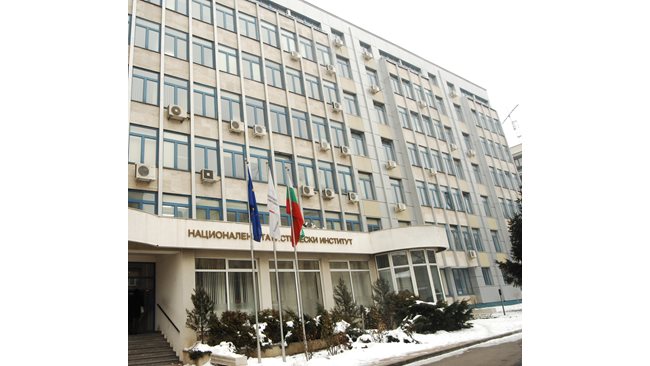–
–
For 2020, the first year with the coronavirus in our country, the National Statistical Institute reported a record high mortality – 124,735 people. The death toll is 16,652 more than in 2019, or 15.4% growth.
In the last ten years, levels of 108-110 thousand deaths have been maintained. The characteristic of 2020 is the extremely uneven distribution during the year. By the end of October, the death rate was identical to 2019. However, in November and December alone, 35,590 deaths were registered (29% of all during the year). For the same two months of 2019, the death toll was 18,605 (17% of all). The difference of almost 17,000 deaths is the overall increase in mortality in 2020.
The explanation is at the peak of the second season of the coronavirus in this period. However, only 6,500 people were registered as victims of the epidemic at that time. Of the increase, 10,500 died without a clear cause.
NSI data on mortality in early 2021 show a possible link between unexplained cases and mortality from COVID-19. The additional casualties run parallel to those of the second wave. With an average daily mortality of the virus around and over 100 people, many emergencies occur. When victims fell to 30-50 a day in early January, unexplained deaths also fell.
It is likely that many of the deceased had been infected with the coronavirus but were not registered as ill, or who died soon after suffering from the infection due to severe deterioration in their health.
The overall mortality rate is 18 ‰ (per thousand population). In 2020, 1122 men per 1,000 women die. Strong differences in mortality among urban and rural populations continue. The mortality rate is higher in villages (24.2 ‰) than in cities (15.7 ‰).
The difference is large and probably, apart from the aging population in the smaller settlements, part of it is due to the fact that in a pandemic the difficult and slower access to a hospital and a personal doctor can be fatal.
In 2020, the value of the indicator for total mortality by districts is in the range from 13.4 ‰ to 27.7 ‰. The highest mortality rates in the country are Vidin – 27.7 ‰, Montana – 25.5 ‰, Kyustendil and Gabrovo – 24 по each. In six districts the mortality is lower than the total for Bulgaria, as the lowest is in Sofia (city) – 13.4 (.
For comparison, in 2019 the indicator for total mortality by districts is in the range from 11.8 ‰ in Sofia (city) to 22.9 (in Vidin.
There are significant differences between men and women in the values of the premature mortality rate. Dead women under the age of 65 are 13.7% of all deceased women, and the value of this indicator for men is 26.6%.
Read HERE about the new appearance of hidden mortality in March 2021.
– .


